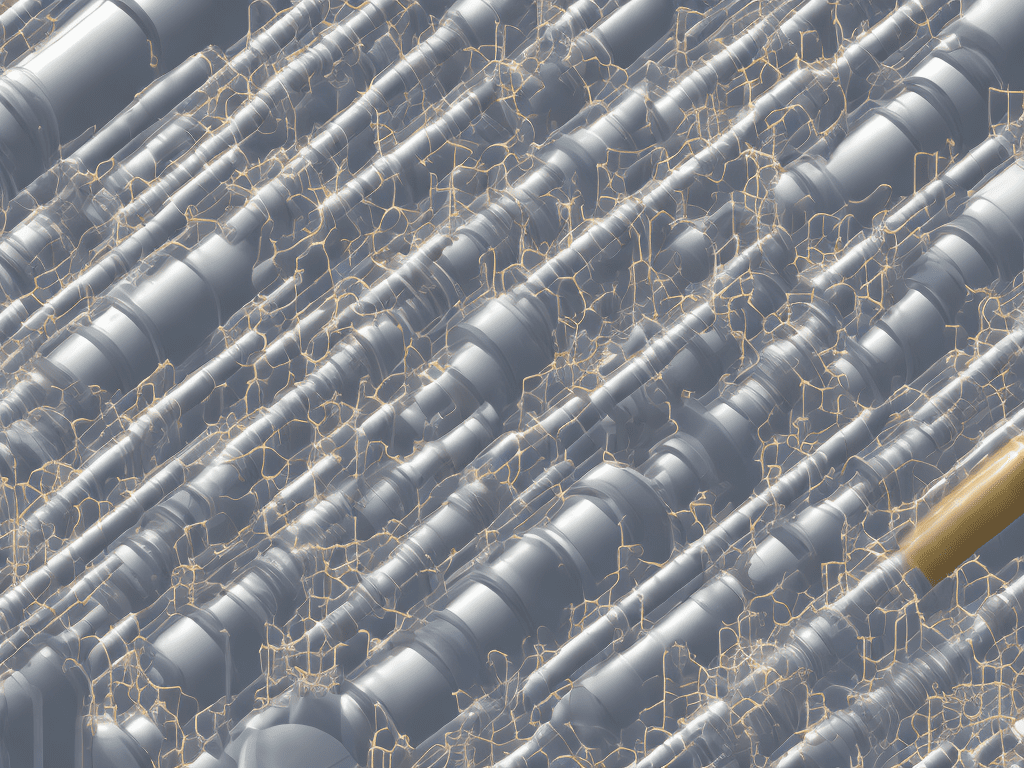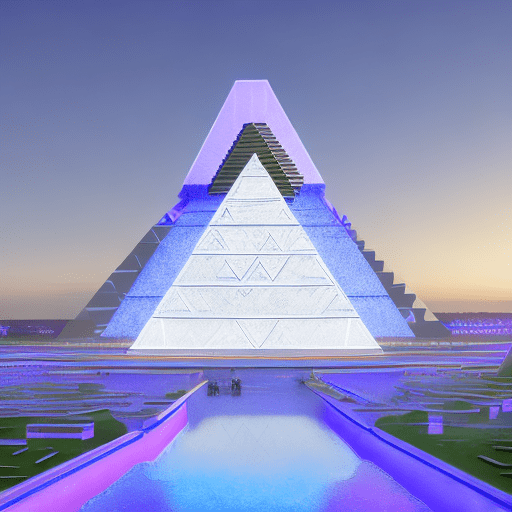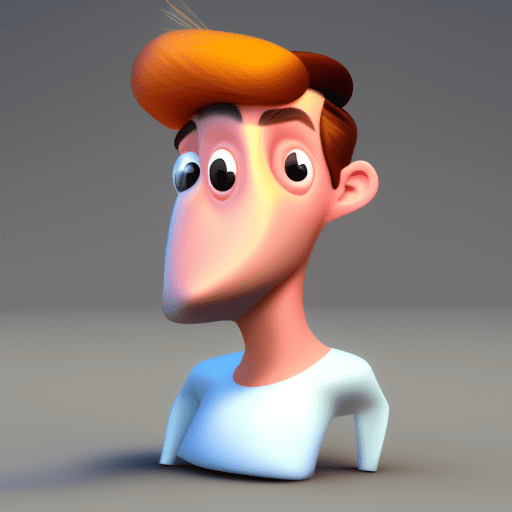Creating an educational and informative illustration of an electrolyzer, particularly zoomed in to emphasize the intricate gas diffusion layers (GDLs), can provide a detailed visual representation of this key component in the electrolysis process. Such an illustration showcases the various essential parts of the electrolyzer apparatus, illuminating elements like the anode, cathode, membrane, and the critical gas diffusion layers that facilitate gas exchanges such as hydrogen and oxygen within the system.
In focusing on the gas diffusion layers, this illustration aims to elucidate their porous structure effectively, illustrating how gases traverse through these layers during the electrolysis process. By vividly displaying the movement of electrons flowing through the circuit dynamics, and the ions engaging in transport through the electrolyte/membrane part of the electrolyzer, the role of each component becomes distinct and understandable.
To further enhance comprehension, it is advisable to incorporate relevant labels for each significant part of the electrolyzer system within the illustration. The strategic application of color coding, highlighting the paths of gases, ions, and electrons, aids in distinguishing separate functions undertaken smoothly within the electrolyzer. By employing colors meaningfully, the flowcharts become more discernible and content delivery richer, therefore increasing the educational value of the image.
One paramount aim of this illustration is to elaborate explicitly on the operational principles behind electrolysis, prominently spotlighting the indispensable function of gas diffusion layers in ensuring efficient gas exchanges. Illustrating in-depth the specific features of the GDL microstructure, portrayal focuses on illuminating how this structure tremendously supports the separation and seamless transportation of gases within the electrolyzer mechanism.
Through the precise depiction of mechanisms elaborated above, insights into how gas diffusion layers intricately impact the overall electrolysis process inception, reach, and productivity become more comprehensible. Consequently, unveiling sustainable practices and explaining fundamental scientific aspects, like efficient gas exchange mechanisms established through accurate depiction can highly benefit youngsters grappling with these topics or enthusiasts looking to better grasp the inner workings of advanced technologies.







